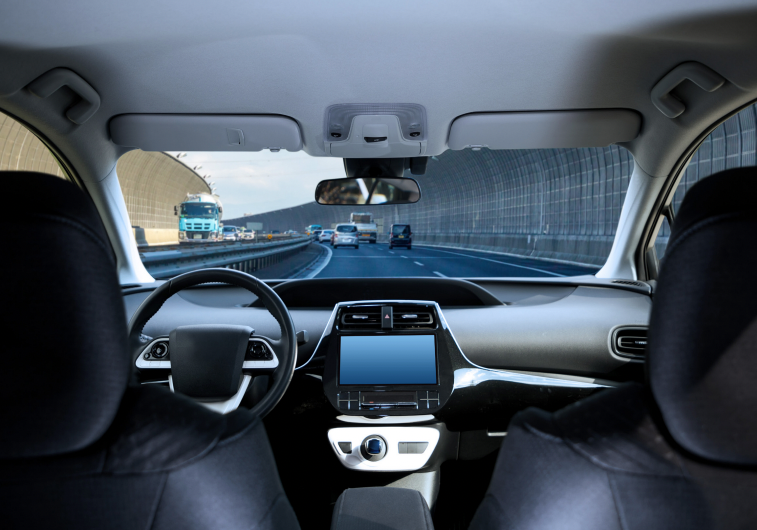Autonomous vehicles (AVs) continue to be developed and gradually deployed, but are people willing to use them over public transit? Engineering management and systems engineering assistant professor John Helveston and Ph.D. candidate Leah Kaplan explored this question in a study published in Transportation Research Record, “Undercutting Transit? Exploring Potential Competition Between Automated Vehicles and Public Transportation in the United States.”
“There is a big concern that autonomous vehicles could undercut public transit systems, which would have important implications for the environment and transportation equity,” Kaplan stated.
Existing research on public preferences for AVs is immature and inconclusive. Through their study, Helveston and Kaplan provided new insights on this topic. They surveyed individuals in the Washington D.C. metropolitan region to estimate discrete choice models for different automated and non-automated modes of transportation. The automated modes of transportation they examined included ride-hailing, shared ride-hailing, and bus, and the non-automated modes included ride-hailing, shared ride-hailing, bus, and rail.
In addition to demographic questions and questions about respondents’ current transportation routines, the survey also included scenarios where they had to choose which mode they would prefer. Automated ride-hailing out-competed bus and rail for trips with poor transit options. However, scenario analysis revealed that for trips where good transit options were available, transit remained competitive with automated ride-hailing modes.
Overall, respondents were most willing to pay for automated modes when there was an “AV attendant” onboard, meaning that there was someone who wouldn’t be driving but could provide other forms of rider support, and were least willing to pay for shared automated modes. If automated mobility providers want to increase AV use, this shows that having an attendant on board is critical.
Helveston and Kaplan’s findings demonstrate that fears of a mass transition away from public transit to AVs may be limited by people’s willingness to use AVs, at least in the short term. While these preferences are bound to change, this study provides the most up-to-date information on the competition between AVs and public transit that will help both automated mobility providers and transportation planners make more informed decisions around this topic in the future.
“By gaining a greater understanding of public preferences for automated and non-automated modes, we hoped to enable transportation planners to design future transportation systems that account for shifting preferences while still providing critical public transit services,” said Kaplan.


